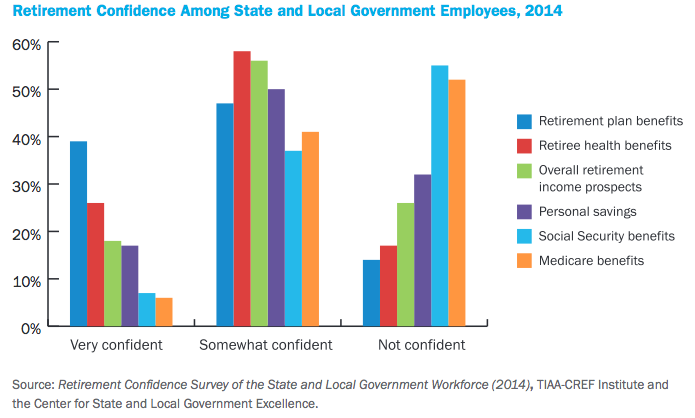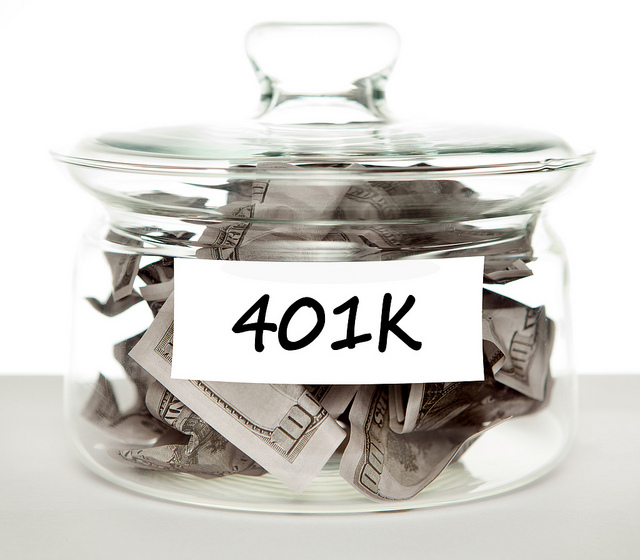The Pennsylvania Intergovernmental Cooperation Authority (PICA) has released a report stating that Philadelphia’s pension system will be “an obstacle” to the growth and prosperity of the city.
The report says that pension costs need to be lower and more predictable for the city to grow.
The recommendations provided in the report, as reported by Philly.com:
The report’s recommendations included:
Making all new employees join the city’s hybrid pension plan, called Plan 10, which is similar to a 401(k). Mayor Nutter tried doing this in the last round of negotiations with the municipal unions, but lost.
Abolishing the controversial Deferred Retirement Option Plan (DROP), which allows city employees to pick a retirement date up to four years in the future, then accumulate pension payments in an interest-bearing account while still earning their salary. They collect a lump sum upon retirement. Council would need to pass legislation to abolish DROP.
Increasing employee contributions to the pension fund. Civil employees contribute between 3.95 percent and 4.75 percent of their annual wages. The median employee contribution for the 10 largest American cities is 6 percent, according to the report.
Lowering expectations for the rate of future returns on investments from 7.85 percent to near 7 percent.
The city’s pension system is 47 percent funded.
Read the full report here.
Photo credit: “GardenStreetBridgeSchuylkillRiverSkylinePhiladelphiaPennsylvania” by Massimo Catarinella – Own work. Licensed under CC BY 3.0 via Wikimedia Commons – http://commons.wikimedia.org/wiki/File:GardenStreetBridgeSchuylkillRiverSkylinePhiladelphiaPennsylvania.jpg#mediaviewer/File:GardenStreetBridgeSchuylkillRiverSkylinePhiladelphiaPennsylvania.jpg








